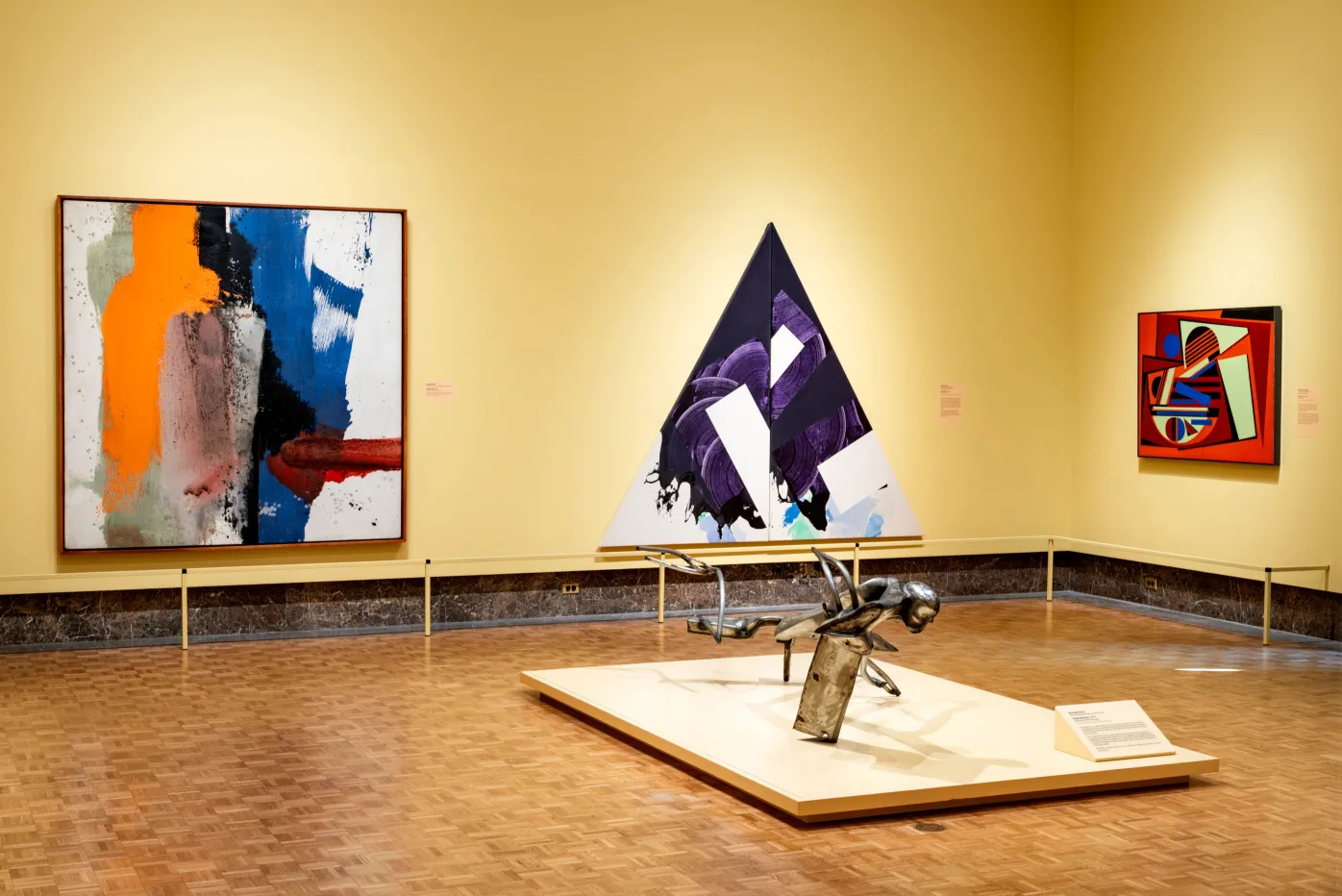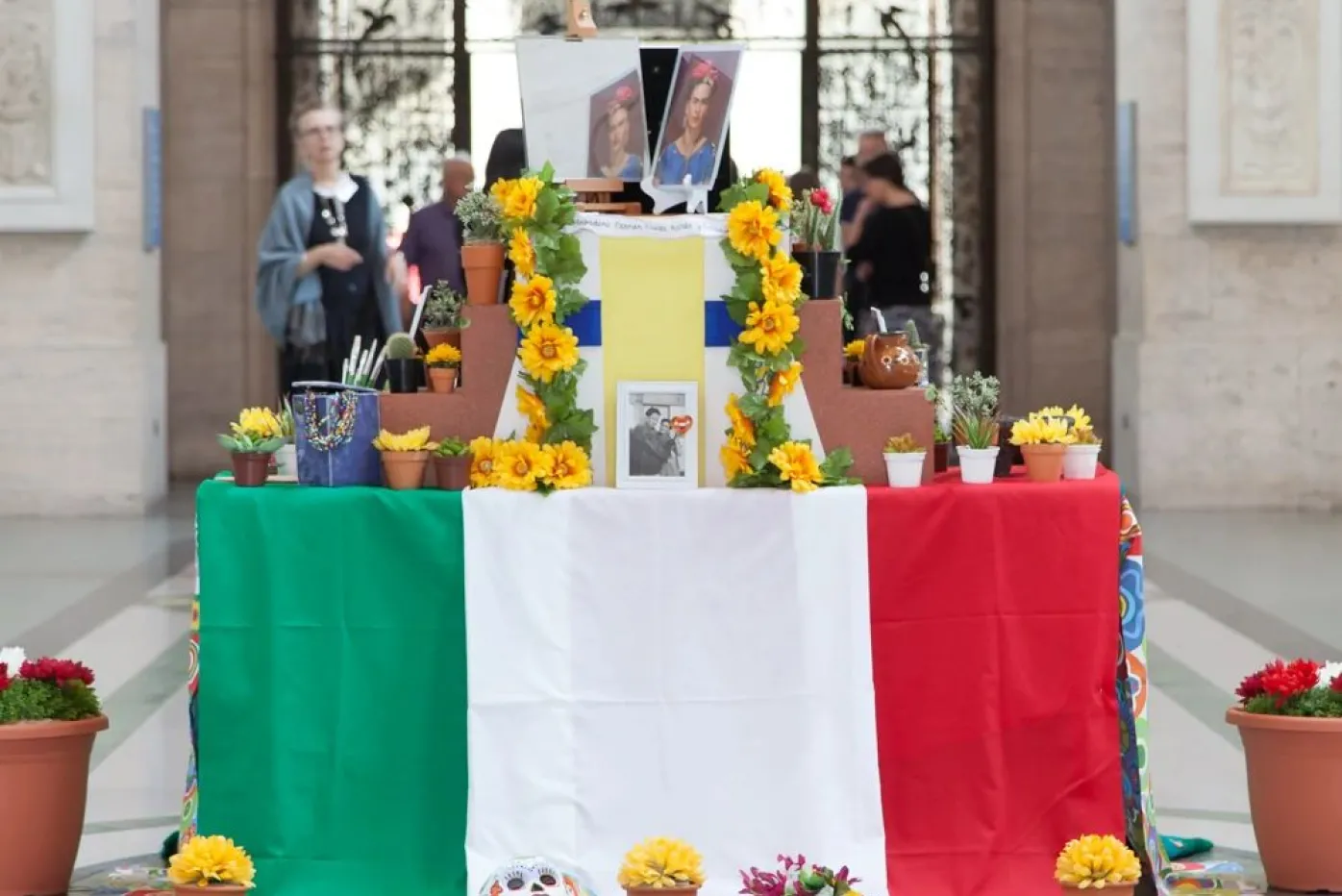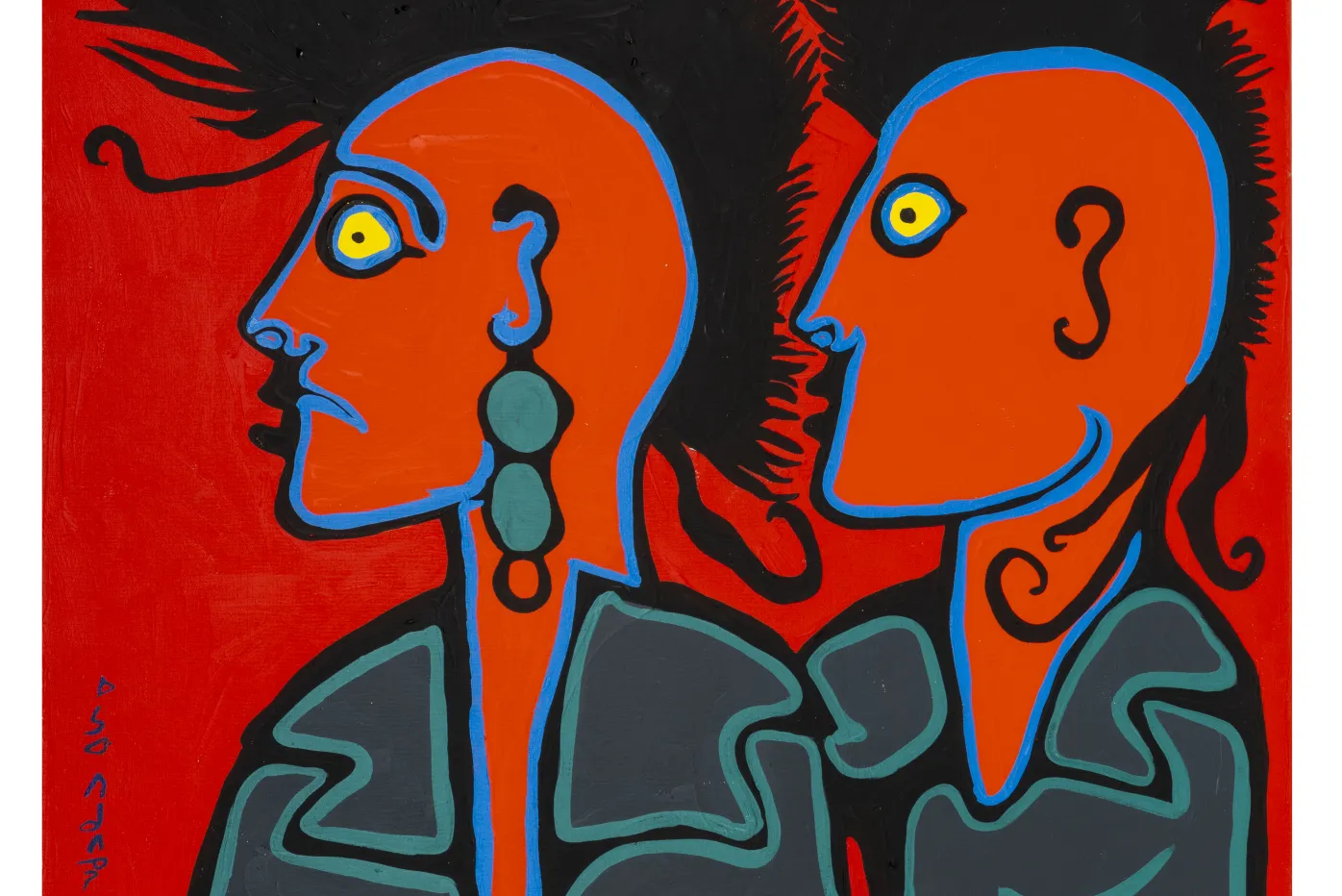From the Director, November 2017
Updated Jul 20, 2022
Travel to Japan at the DIA
I vividly remember the time I visited Japan. It was February 2008, and I had recently started to work at the DIA as an assistant curator. The museum sent me to Tokyo on a "courier trip." My mission was to accompany one of our amazing paintings by the twentieth-century Italian artist Amedeo Modigliani, ensuring its safe travel and installation using appropriate security measures in the National Art Center in Tokyo. The painting was included in an international exhibition titled Modigliani et le Primitivisme. I accomplished my purpose and will never forget the experience of being in Japan, impressed by its centuries-old culture, rich in the arts, philosophy, culinary traditions, and many other treasures of the country's heritage. I have never been back, but my family, especially my son, Tucker, is a fan of Japan. His Japanese is getting fluent, and he has the answers to any Japan-related questions I have. One day we would like to travel there as a family, but that will have to wait for now. In the meantime, the good news is that our new DIA Japan Gallery opens this month, and I can't wait to show it to them.
The museum has been working on the reinstallation of this gallery since 2015 and, for a number of years we have been strengthening our collection of Japanese art to bring to our community extraordinarily refined objects. In the gallery, we invite our visitors to explore, among other things, the qualities of stillness and movement inherent to Japanese culture, two qualities that are beautifully expressed through the artworks on view. Because art is a living tradition in Japan, we pair contemporary art with the traditional in the gallery allowing for unexpected visual connections and emphasizing that the language of art is timeless and can speak to any given generation.
To make sure that our display will resonate with our visitors, we engaged, from the very early stages of the project, members of the community to work alongside DIA curators, interpretive planners, exhibition specialists, and scholars in Japanese culture, art, and history. This "Japan Gallery Team" worked together to shape the goals for visitor experiences as well as ideas about the art and display. We tested those ideas with focus groups and consulted with people of Japanese heritage. Art museums rarely co-create for permanent collection galleries, and the DIA stands as a model. Our Japan gallery was made with members of our Japanese community to serve all of our visitors in richer and unexpected ways.
Visitors will see and experience many things in the gallery, but a standout is an interactive tea ceremony table that invites viewers to glimpse a traditional Japanese tea practice. We created an experience that broaches new territory in museums--the combination of real world and virtual hands-on experiences. Visitors can touch a replica tea bowl that works in concert with a digital screen to help them discover how the bowl would be used by hosts and guests in a traditional tea ceremony. Like the dining table in our eighteenth-century galleries, I am sure this will be a visitor favorite and a brilliant way to learn and experience the arts of Japan.
The entire museum family--the Board of Directors, staff, members, and patrons--are very grateful to the Japan Business Society of Detroit (JBSD) for its generous contribution to the DIA's Grand Bargain commitment and now for providing financial support for the new gallery. As part of an opening weekend celebration, the JBSD is bringing performers and master artists from Japan to the museum to make Saturday and Sunday, November 4 and 5, a true cultural immersion. I hope you and your family and friends will come and enjoy this unique weekend. For me it will be a wonderful opportunity to relive the trip I took to Japan in 2008. We are so proud to present the cultures of the world to our community.

DIA Director, Salvador Salort-Pons in Rivera Court
Travel to Japan at the DIA
I vividly remember the time I visited Japan. It was February 2008, and I had recently started to work at the DIA as an assistant curator. The museum sent me to Tokyo on a "courier trip." My mission was to accompany one of our amazing paintings by the twentieth-century Italian artist Amedeo Modigliani, ensuring its safe travel and installation using appropriate security measures in the National Art Center in Tokyo. The painting was included in an international exhibition titled Modigliani et le Primitivisme. I accomplished my purpose and will never forget the experience of being in Japan, impressed by its centuries-old culture, rich in the arts, philosophy, culinary traditions, and many other treasures of the country's heritage. I have never been back, but my family, especially my son, Tucker, is a fan of Japan. His Japanese is getting fluent, and he has the answers to any Japan-related questions I have. One day we would like to travel there as a family, but that will have to wait for now. In the meantime, the good news is that our new DIA Japan Gallery opens this month, and I can't wait to show it to them.
The museum has been working on the reinstallation of this gallery since 2015 and, for a number of years we have been strengthening our collection of Japanese art to bring to our community extraordinarily refined objects. In the gallery, we invite our visitors to explore, among other things, the qualities of stillness and movement inherent to Japanese culture, two qualities that are beautifully expressed through the artworks on view. Because art is a living tradition in Japan, we pair contemporary art with the traditional in the gallery allowing for unexpected visual connections and emphasizing that the language of art is timeless and can speak to any given generation.
To make sure that our display will resonate with our visitors, we engaged, from the very early stages of the project, members of the community to work alongside DIA curators, interpretive planners, exhibition specialists, and scholars in Japanese culture, art, and history. This "Japan Gallery Team" worked together to shape the goals for visitor experiences as well as ideas about the art and display. We tested those ideas with focus groups and consulted with people of Japanese heritage. Art museums rarely co-create for permanent collection galleries, and the DIA stands as a model. Our Japan gallery was made with members of our Japanese community to serve all of our visitors in richer and unexpected ways.
Visitors will see and experience many things in the gallery, but a standout is an interactive tea ceremony table that invites viewers to glimpse a traditional Japanese tea practice. We created an experience that broaches new territory in museums--the combination of real world and virtual hands-on experiences. Visitors can touch a replica tea bowl that works in concert with a digital screen to help them discover how the bowl would be used by hosts and guests in a traditional tea ceremony. Like the dining table in our eighteenth-century galleries, I am sure this will be a visitor favorite and a brilliant way to learn and experience the arts of Japan.
The entire museum family--the Board of Directors, staff, members, and patrons--are very grateful to the Japan Business Society of Detroit (JBSD) for its generous contribution to the DIA's Grand Bargain commitment and now for providing financial support for the new gallery. As part of an opening weekend celebration, the JBSD is bringing performers and master artists from Japan to the museum to make Saturday and Sunday, November 4 and 5, a true cultural immersion. I hope you and your family and friends will come and enjoy this unique weekend. For me it will be a wonderful opportunity to relive the trip I took to Japan in 2008. We are so proud to present the cultures of the world to our community.


